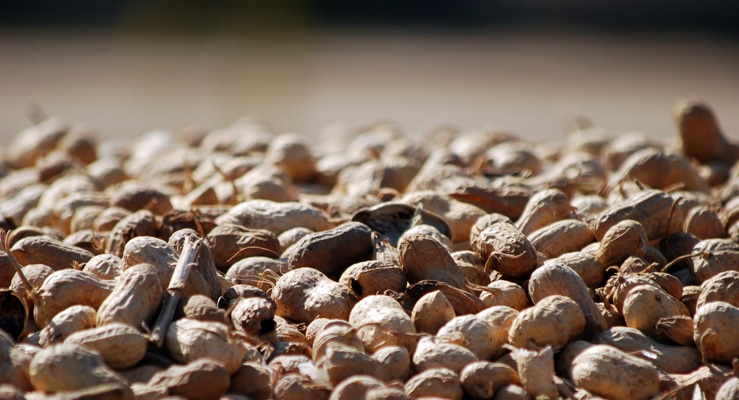August 10, 2015

Peanut farmers and those who follow the peanut industry know the U.S. has produced a lot of peanuts in recent years. Peanut stocks remain high in the supply pipeline, surpassing demand, and, for now, suppressing farmer prices. But don’t we want to produce a lot of peanuts?
Peanut production for 2015 is on target to hit near 3 million tons, the second largest production only behind 2012’s bumper-of-all-bumper crops of 3.35 million tons, which the industry is still feeling the hangover from.
During the Southeastern Peanut Growers Conference in July, USDA Deputy Secretary Krysta Harden delivered what amounted to a motivational challenge to the peanut industry to continue to expand domestic and foreign markets for peanuts. A lot of smart and talented people are doing that right now for the industry, but efforts must be ramped up.
Through better varieties and production practices, U.S. peanut farmers now can produce consistently higher yields of quality peanuts, much better and higher than just five or six years ago. In fact, I find it a bit funny to hear a farmer complain these days about averaging only 5,000 to 5,500 pounds to the acre in a field where he got 3 tons per acre the year before; or another say he got 4,200 pounds per acre where he got 5,000 pounds per acre the year before. Our relativity, or benchmarks for success, has moved, which is human nature and a good thing.
Overall food use for peanuts is forecast to go up 3 percent to 3.1 billion pounds for the 2015-2016 marketing year. Peanut butter consumption is up 10 percent for this year compared to last. Exports are up, too, or over 500,000 tons. All are good numbers, and going in the right direction, but not enough to eat up the stockpile.
Harden admitted she might be biased in her opinion about what peanuts can do because she was born and raised on a south Georgia peanut farm. Harden said her family motto for many years was, “Eat more peanuts, so we can grow more.”
She pointed the peanut crowd to the U.S. soybean industry two or three decades ago and how small it was, and how it had no farm bill program at the time. The soybean, at the time, was seen as only a convenient crop rotation for some cropping systems, but not a commodity in which to build or sustain a farming operation.
At the time, Harden went from being a congressional staffer to working with the soybean industry, which began to pull together leaders who wanted something more from soybean. She said some rolled their eyes at the soybean effort. But the effort led soybeans to an expanded global market, Harden told the room of peanut leaders, and now is an industry appreciated and respected by the world for what it can produce.
Peanut growers need to challenge and support their industry groups to continue to work to expand markets, find new uses for peanuts and capitalize on peanut’s already great reputation and foothold in the family diet.
Market conditions and commodity prices will dictate a Southeastern farmer’s crop mix for a year to a point, but many are pretty established with and comfortable with what a good crop rotation can do for their yields and bottom lines and don’t want to stray too far from it. And peanuts are the star player in many Southeast crop rotations.
During her speech, Harden said she might revise her family motto for the time being to just, “Eat more peanuts.” That might be a good strategy for a bit, but being able to produce a lot of quality peanuts is a good thing in the long run. It’s good to have a lot of something people should want. You don’t get much tastier, healthier or convenient than a peanut. U.S. peanut farmers face and continue to face tough growing conditions and diseases, and no crop is guaranteed until it's harvested and delivered. But, dang, if the last few years haven’t proven U.S. peanut farmers can deliver the goods.
You May Also Like




